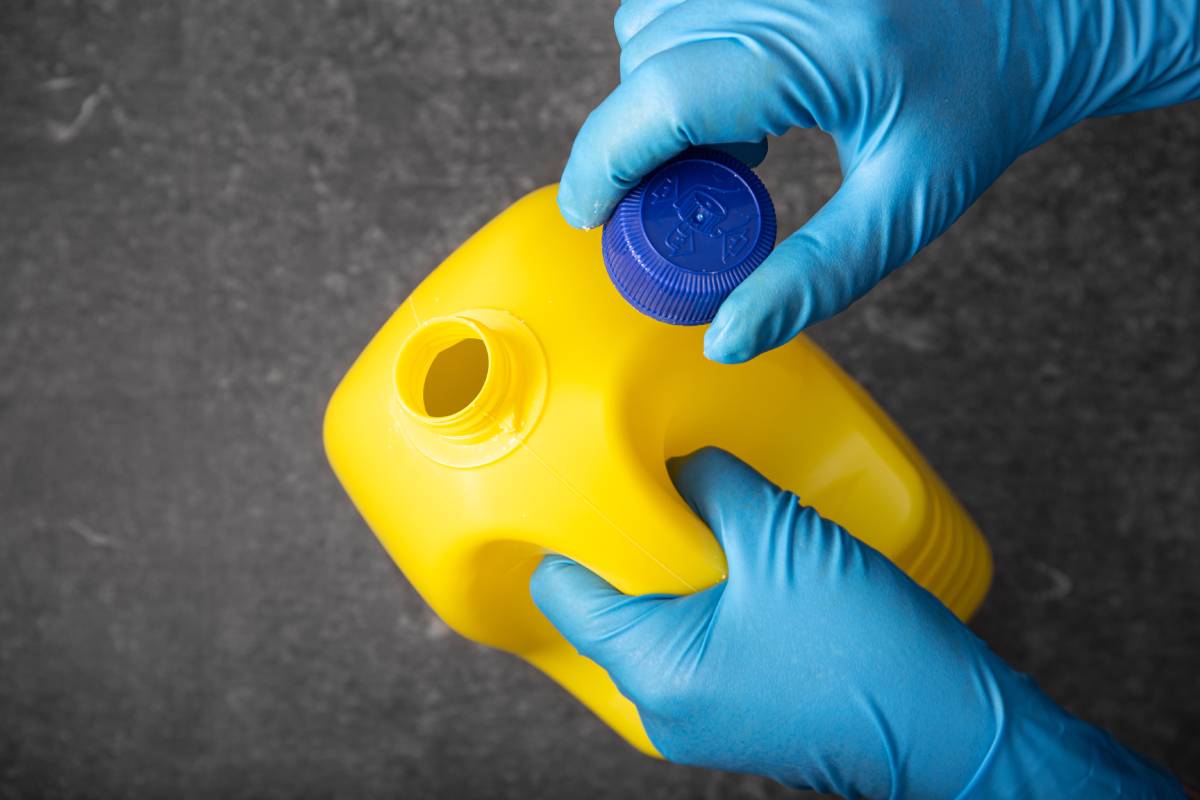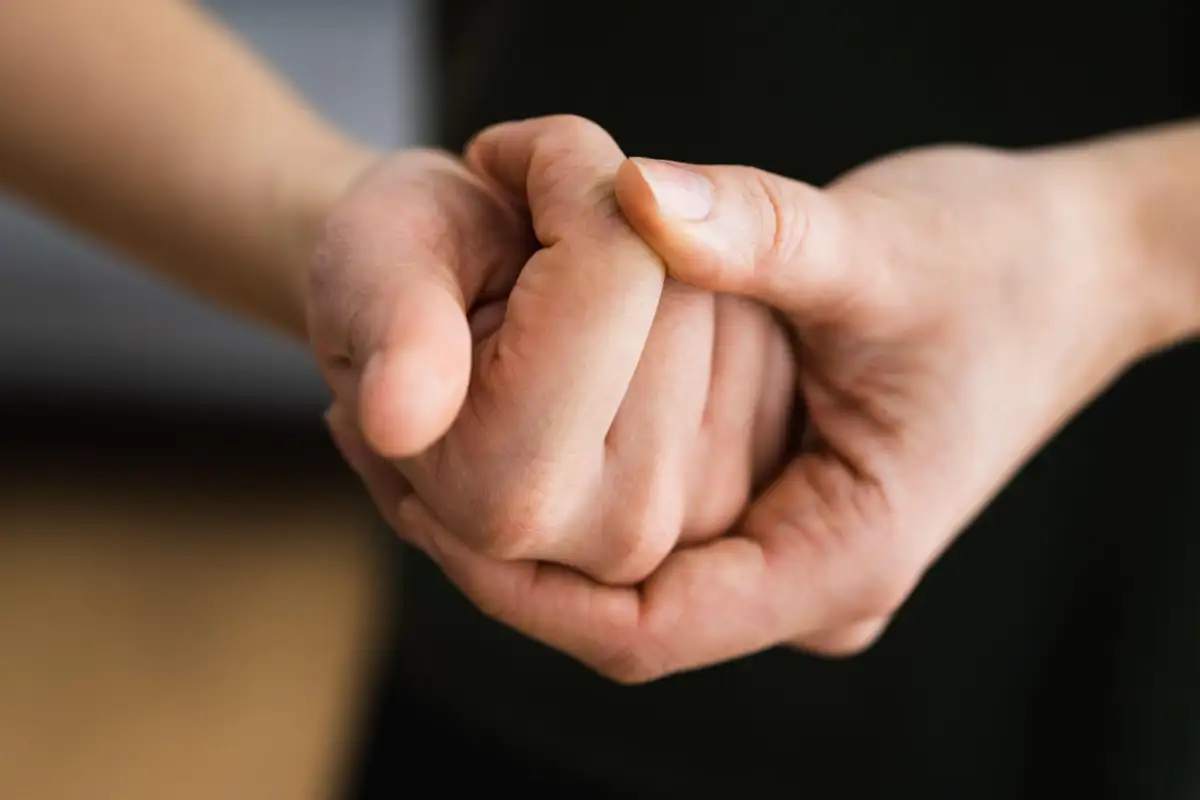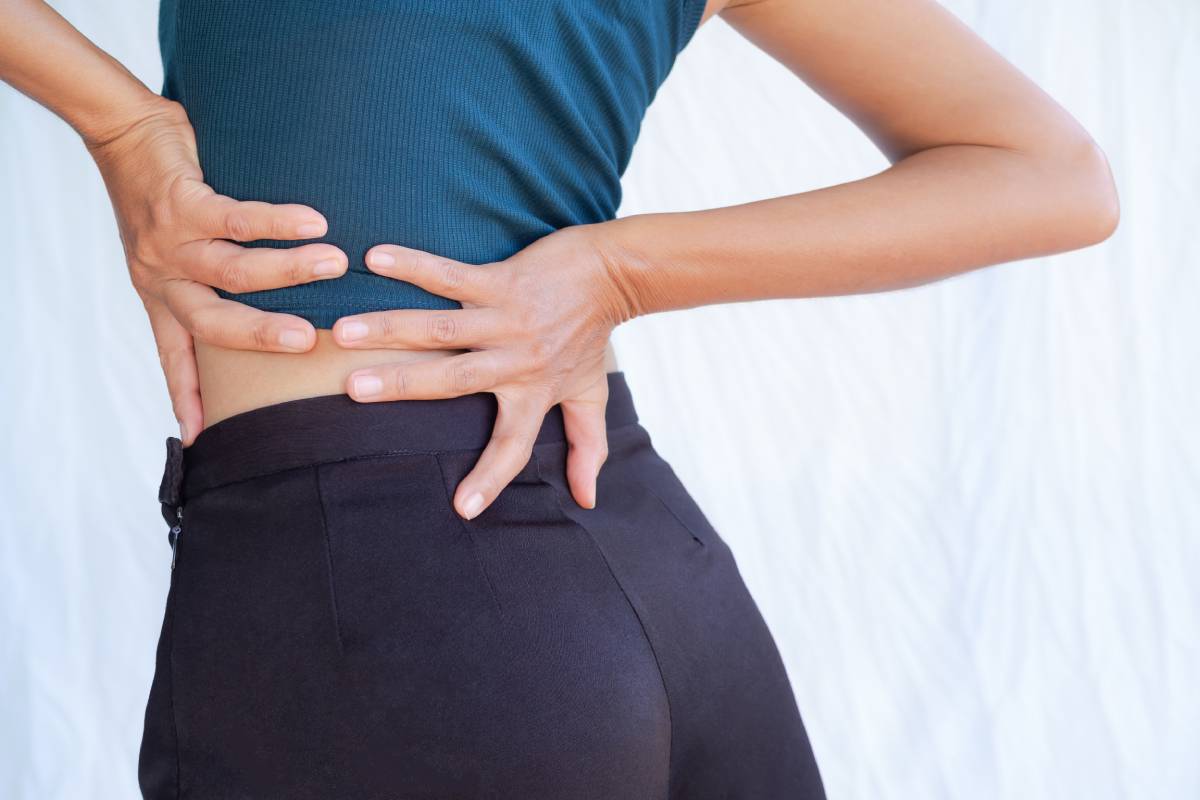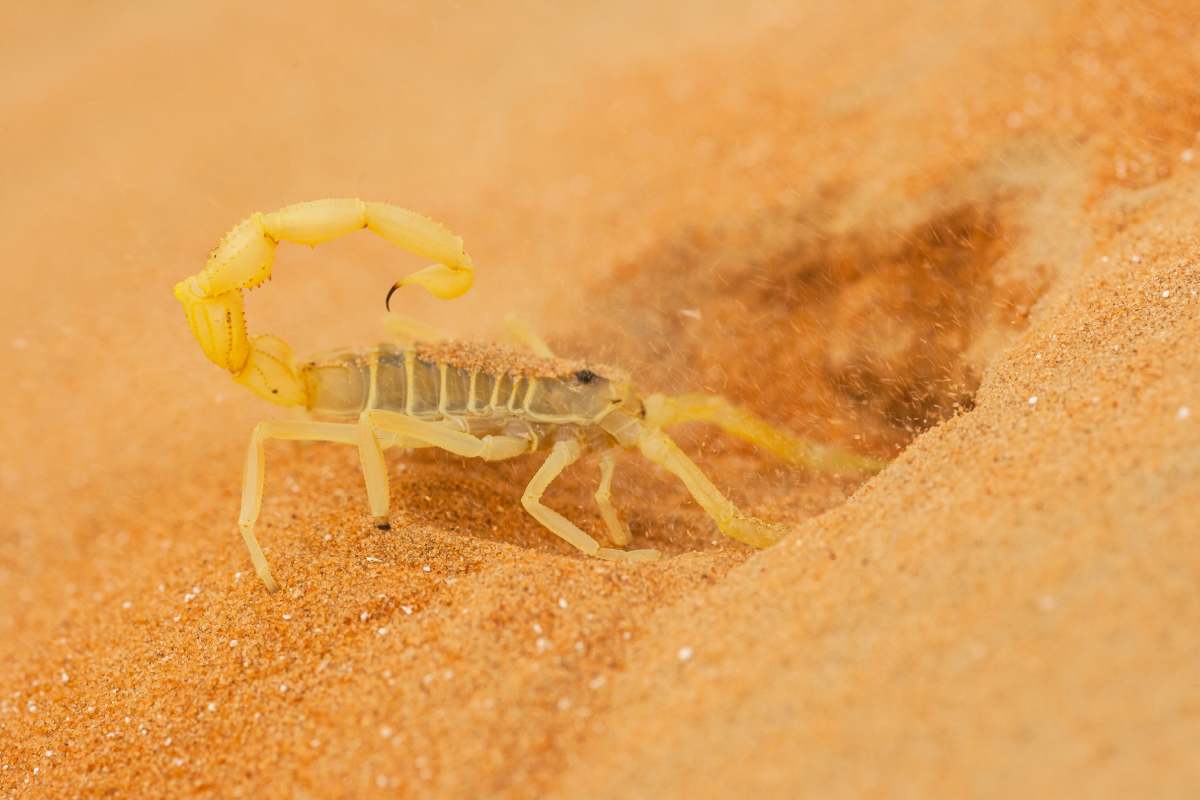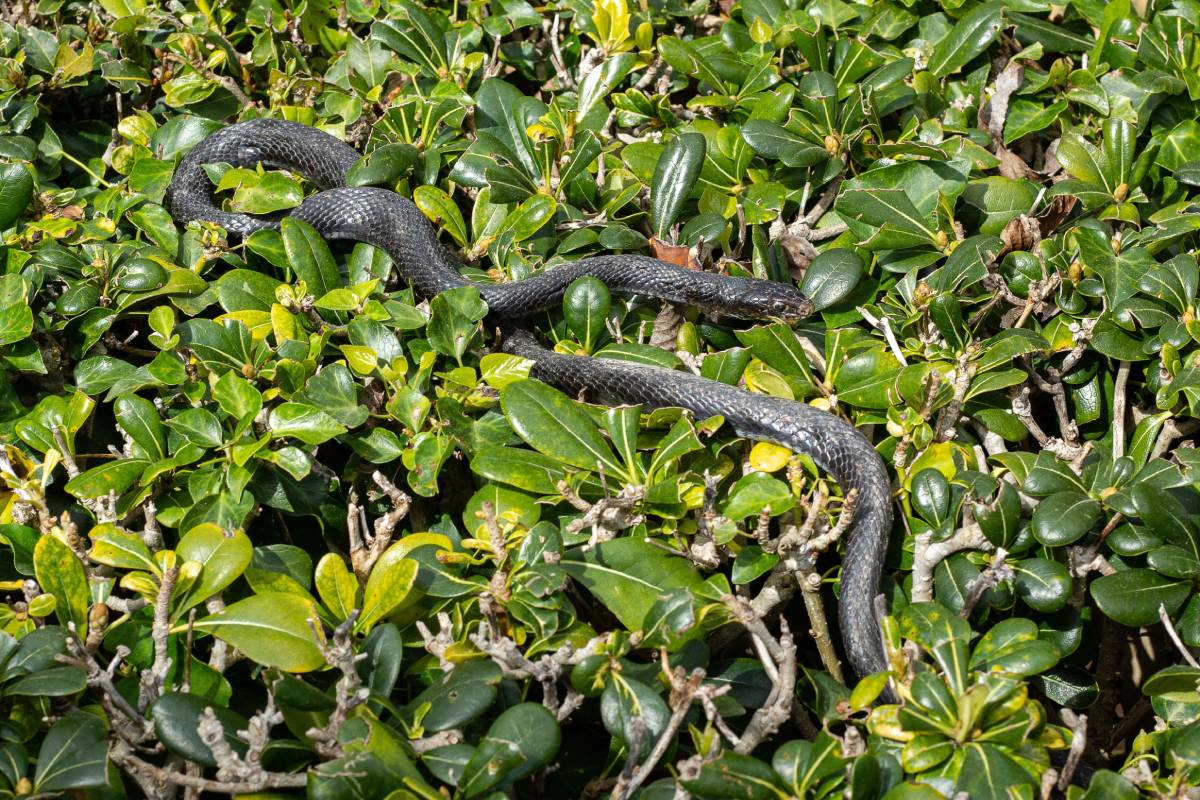Cleaning is a routine task in every household, and many of us reach for an assortment of cleaning agents to tackle various chores. While these products are designed to make our homes cleaner and safer, there are certain combinations that can pose unexpected dangers.
In this exploration, we delve into the potential hazards of mixing cleaning agents and why it’s crucial to be aware of these chemical reactions. We’ve already examined the risks associated with combining bleach and vinegar, and now we’ll broaden our understanding to include other cleaning agents that should be kept separate.
What Happens When You Mix Bleach and Vinegar?
Mixing bleach and vinegar is a dangerous combination that can have serious consequences. Both bleach and vinegar are commonly used household cleaning agents, but when combined, they create a toxic chemical reaction that poses health risks and can be harmful to the environment. Let’s explore what happens when you mix bleach and vinegar and why you should avoid this potentially hazardous mixture.
Firstly, it’s essential to understand the individual properties of bleach and vinegar. Bleach, typically containing sodium hypochlorite, is a powerful disinfectant and stain remover. On the other hand, vinegar, which contains acetic acid, is known for its acidic properties and is often used in cleaning and cooking.
When these two substances are combined, a chemical reaction occurs that produces chlorine gas. Chlorine gas is highly toxic and can cause a range of health problems, including respiratory issues, coughing, chest pain, and even nausea. Inhaling chlorine gas can be particularly dangerous, leading to severe respiratory distress and, in extreme cases, can be fatal.
The chemical equation for the reaction between bleach and vinegar is as follows:
NaOCl (sodium hypochlorite) + CH3COOH (acetic acid) → Cl2 (chlorine gas) + H2O (water) + NaOAc (sodium acetate)
This reaction releases chlorine gas, which is a respiratory irritant. The severity of the reaction depends on the concentration of the bleach and vinegar, as well as the ventilation in the area where the mixing occurs.
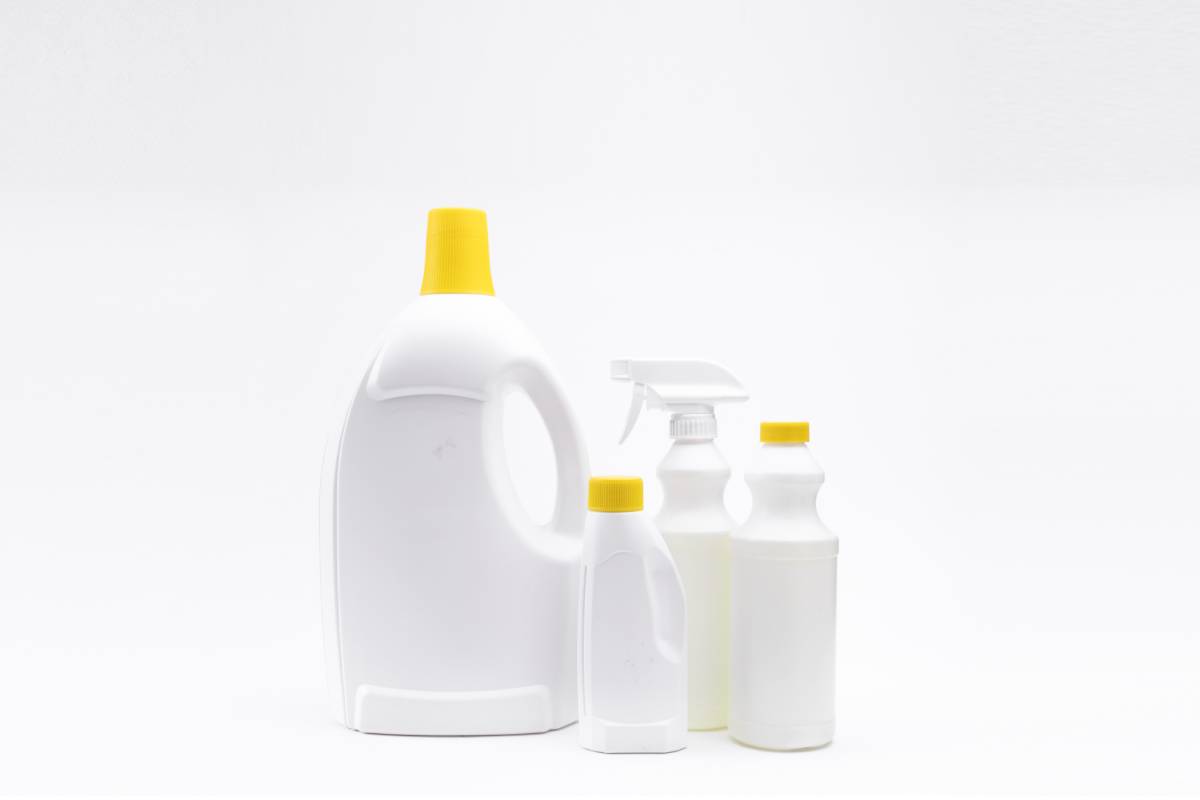
Aside from the immediate health risks, the chlorine gas produced can also harm the environment. If released into the air, chlorine gas can contribute to air pollution and have adverse effects on plants and animals.
To ensure safety, it’s crucial to avoid mixing bleach and vinegar or using them together in close proximity. If you need to use both for cleaning purposes, it’s recommended to use them separately and rinse the surface thoroughly between applications. Additionally, always use these products in well-ventilated areas and wear protective gear, such as gloves and a mask, to minimize the risk of exposure.
In summary, mixing bleach and vinegar creates a harmful chemical reaction that releases chlorine gas, posing significant health risks and potential harm to the environment. It’s essential to be aware of the dangers associated with this combination and take precautions to prevent accidental exposure. Always read and follow the instructions on cleaning product labels, and when in doubt, consult with professionals for safe cleaning practices. Your health and the well-being of those around you should be the top priority when using household cleaning agents.
What to Do If Bleach and Vinegar Mix Accidentally?
Accidentally mixing bleach and vinegar is a serious situation that requires immediate attention and specific actions to ensure safety. If you find yourself in a situation where these two household cleaning agents have been combined, follow these steps to minimize risks and protect yourself and others.
- Evacuate the Area and Do Not Inhale the Fumes: If you accidentally mix bleach and vinegar and notice a strong smell or any signs of irritation, leave the area immediately. Go outdoors to get fresh air. This is crucial to avoid inhaling any potentially harmful fumes. Chlorine gas, produced by the reaction between bleach and vinegar, can be harmful when inhaled. If you’ve been exposed to the fumes, move to an area with good ventilation and take deep breaths of fresh air. If you experience difficulty breathing or other severe symptoms, seek medical attention immediately.
- Follow the authority’s advice: You’ll also want to take off any clothing that has been exposed to the chlorine gas. Centers for Disease Control and Prevention advise removing as many layers as possible, and if clothing must be pulled over your head, make sure to keep your eyes and mouth closed to minimize breathing chlorine gas or getting it in your mouth, nose, or eyes.
- Call for Help: If there are others in the vicinity who may have been exposed, alert them to evacuate the area as well. If anyone experiences symptoms like difficulty breathing, chest pain, or severe coughing, call emergency services immediately. Quick action is crucial in case of exposure to toxic fumes.
- Avoid Direct Contact: Do not touch any surfaces or containers that may have the mixed solution. Wear protective gloves if available and avoid direct contact with the skin. The chemical reaction can be harmful to the skin, causing irritation or burns.
- Ventilate the Area: Open windows and doors to allow fresh air to circulate and ventilate the space where the mixing occurred. This helps to disperse any lingering fumes and reduce the concentration of harmful gases.
- Clean Up Safely: If it’s safe to do so, clean up the mixed solution carefully. Wear protective gear such as gloves and a mask. Use a cloth or paper towel to absorb and remove as much of the mixture as possible. Dispose of the contaminated materials in a sealed plastic bag.
- Seek Professional Help: In case of a large or particularly hazardous spill, it’s best to seek professional assistance. Contact a hazardous materials cleanup service or local environmental authorities to handle the cleanup and disposal of contaminated materials safely.
- Learn from the Mistake: Accidental mixing of bleach and vinegar is preventable. Take this incident as an opportunity to educate yourself and others about the dangers of mixing household cleaning agents. Read and follow product labels carefully, and store cleaning products separately to avoid unintentional chemical reactions.
- Prevent Future Incidents: To prevent accidental mixing in the future, be aware of the ingredients in cleaning products and avoid using them in close succession. If you need to switch between different cleaning agents, rinse surfaces thoroughly between applications. Always follow the instructions on product labels to ensure safe use.
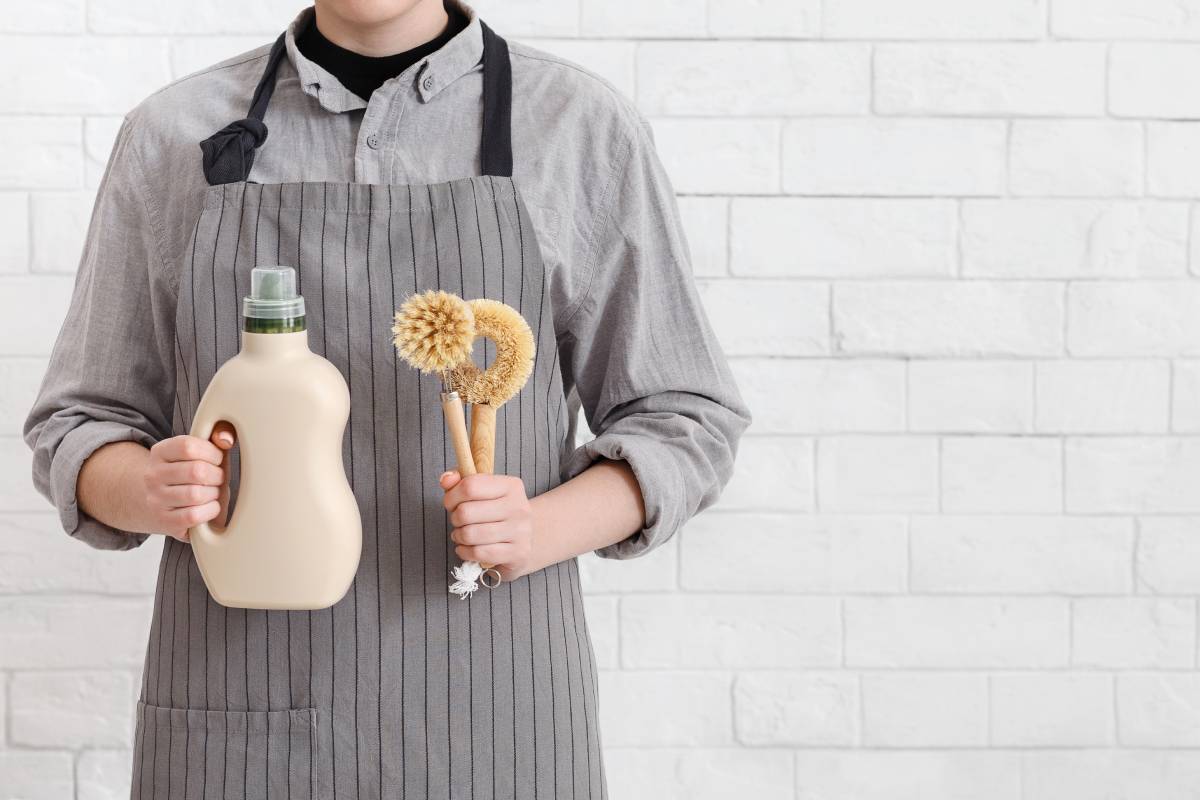
Other Cleaning Agents to Keep Separate
It’s not just bleach and vinegar that can create a potentially dangerous mix – there are several other cleaning agents that should be kept separate to avoid harmful chemical reactions. Understanding which products can be a risky combination is essential for maintaining a safe cleaning environment in your home. Let’s explore some common cleaning agents that should be kept apart and why.
- Bleach and Ammonia: Mixing bleach with ammonia produces chloramine gas, which is harmful when inhaled. This gas can cause respiratory problems, chest pain, and irritation. To avoid this, never mix bleach with ammonia-containing products, such as certain glass and window cleaners.
- Bleach and Acids: Mixing bleach with acidic cleaners, like toilet bowl cleaners or rust removers, can release chlorine gas, similar to the reaction with vinegar. This gas is toxic and poses serious health risks. Always check product labels and avoid combining bleach with any acid-based cleaners.
- Hydrogen Peroxide and Vinegar: Combining hydrogen peroxide and vinegar creates peracetic acid, a corrosive substance that can irritate the eyes, skin, and respiratory system. Use these two cleaners separately and allow surfaces to dry completely between applications to prevent any potential reaction.
- Bleach and Rubbing Alcohol: Mixing bleach with rubbing alcohol (isopropyl alcohol) can produce chloroform and hydrochloric acid, both of which are hazardous. This combination can lead to eye, nose, and throat irritation, as well as more severe health issues. Keep these two substances apart when cleaning.
- Bleach and Dish Soap: Some dish soaps contain ammonia, and when mixed with bleach, it can result in the release of toxic chloramine gas. Always check the ingredients of your dish soap and avoid using it alongside bleach.
- Baking Soda and Vinegar: While both baking soda and vinegar are commonly used for cleaning, combining them in a closed container can lead to a fizzing reaction. Although not harmful, it can create a mess and reduce the cleaning effectiveness of both substances. Use them separately or in sequence for better results.
- Different Brands of Drain Cleaners: Mixing different brands of drain cleaners can be risky because they may contain different chemicals that react unpredictably when combined. Stick to one brand and follow the product’s instructions carefully.
- Chlorine Bleach and Non-Chlorine Bleach: Different types of bleach should not be mixed. Chlorine bleach and non-chlorine bleach, like oxygen bleach, can react with each other, potentially producing harmful byproducts. Use one type of bleach at a time and follow the usage guidelines.
To ensure safety when cleaning, always read product labels carefully and follow recommended usage instructions. When in doubt, use cleaning agents separately and allow surfaces to dry thoroughly between applications. Proper ventilation is also essential to minimize exposure to fumes. If accidental mixing occurs or if you experience any adverse reactions, seek fresh air immediately and, if necessary, contact emergency services for assistance.
Conclusion
In the pursuit of a clean and healthy home, knowledge is our greatest ally. We’ve uncovered the risks associated with mixing bleach and vinegar, stressing the importance of avoiding this combination due to the release of toxic chlorine gas.
Expanding our awareness, we’ve also learned about other cleaning agents that should be kept apart to prevent potentially harmful reactions. From bleach and ammonia to hydrogen peroxide and vinegar, understanding these combinations is essential for the well-being of ourselves and our environments.
Let’s commit to safe cleaning practices by reading product labels, using cleaning agents separately, and ensuring proper ventilation.

